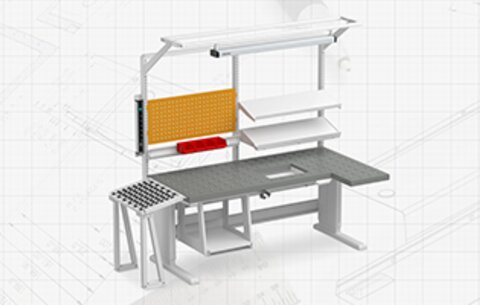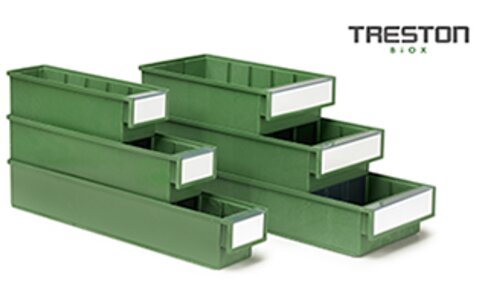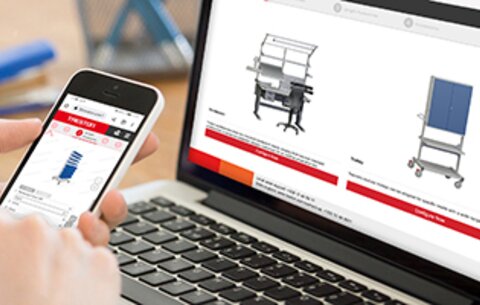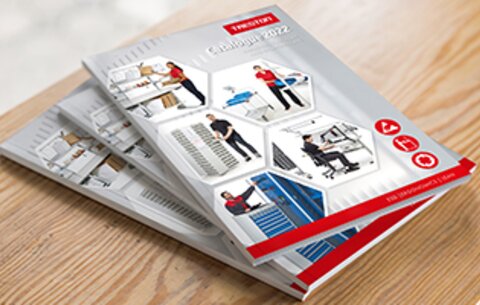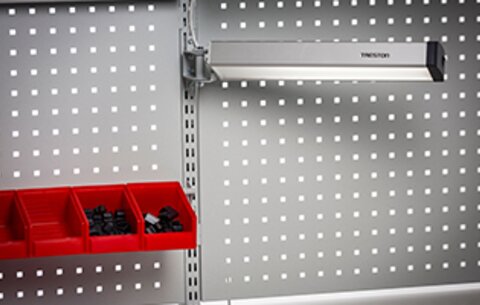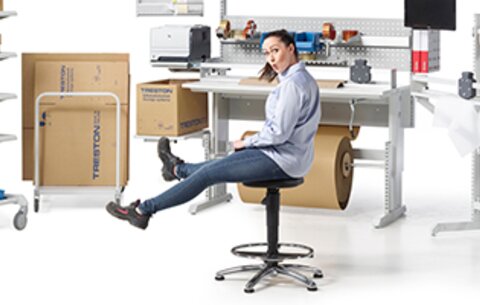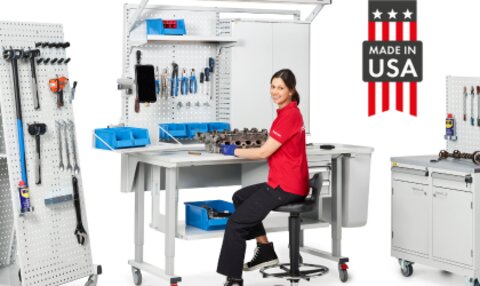

Makerspaces: Where the World's Next Great Innovations Begin

Carissa Harris
Makerspaces, sometimes called hackerspaces or fablabs, are a rising trend, particularly on college campuses. These spaces are community locations where students or groups can gather to create, build, and share ideas. Outside of a formal education, makerspaces provide an informal, beyond-the-classroom approach to sharing ideas and hands-on learning amongst peers. While makerspaces are usually structured for use in fields such as engineering and technology (STEM), they are also used for disciplines such as art and woodworking. With shared equipment and tools, students of all backgrounds and levels have access to the resources needed for their projects.
College makerspaces have many proven benefits to the students, colleges and the communities in which they are located. Most importantly, makerspaces foster growth and build creative minds. When given the space to feed their curiosities, students are encouraged to try new things and take their ideas from dream to reality. Makerspaces are flexible and adapt to the desires of the students using them. As needs arise in the community, students can use makerspaces to develop solutions to those problems.
Start-up companies often begin from ideas developed in these spaces. Makerspaces help lower costs to build prototypes, as resources are shared among many. For example, the company who designed Square, the credit card reader for smart phones, developed their prototype in a makerspace. By using shared resources, the cost to build a prototype was significantly reduced. This expense savings allows many inventors to take their idea to reality that may have not succeeded otherwise. Many of today’s tech companies also look to makerspaces when selecting innovators to add to their teams.
In short, a makerspace is the place where the next great innovations are built. When selecting the tools and equipment used in a makerspace, is important to choose products that are worthy of the greatness created on them.
So what kind of equipment can be found in a campus makerspace?
While that can greatly depend on the projects created, most contain workshop space that includes: 3D printers, laser cutters, CNC machines, computers, hand and power tools, metal fabrication equipment and soldering stations. Other items, such as sewing machines and kilns may also be used if the needs demand them.
The most basic component of all makerspaces is the workbench itself.
These benches provide the space to work, and hold the, often heavy, equipment that is used by students. As it is the foundation for all work, it is important to select a sturdy and durable bench. Workbenches should be able to handle the demands of its environment and be able to adapt to its changing needs. Some areas of a makerspace may only need to function as a light-duty workspace, in which case a basic bench is ideal. For more complicated or heavy use, a bench should also provide power to tools, or storage for those tools as well as components.
Safety is necessary in common spaces where students are using machinery and power tools. A workbench should provide space for this equipment, while also keeping it within reach of the student. Ergonomic practices should be considered to reduce stress on students when working.
College makers regularly take on technology projects, such as electronics builds. In these cases, it can be important to choose a bench that is ESD safe, meaning a bench that will protect electrical components from static electricity. Investing in ESD benches, stools, and mats will protect new projects from damage.
The size of the makerspace should also be considered when selecting benches.
When there is a need for a large space to collaborate, large benches grouped together may be all that is needed. However, when there is a small space to work (or a small budget), a bench can provide workspace as well as adequate storage for tools and equipment. Benches with overhead storage or drawer units attached underneath maintain order and prevent harm to both the equipment and the user. A single bench with accessories can provide all the adequate storage and work space a student will need for their projects.
A bench should adapt to the work being done, but also to the variety of its users.
Benches that are easily height adjustable mean that it can be used by users of many sizes and abilities, or for sitting and standing applications. Easy height adjustability by push button is ideal for students with disabilities. Adding adjustable accessories such as monitor arms allows the bench to fit the user while maintaining safe working positions.
Makerspaces are often staffed by student volunteers, or by instructor sponsors. For this reason, a workbench should be easy to assemble and clean. If it is easy to assemble, use and clean, students and staff can focus their time and efforts on their projects.
A final factor to consider when selecting a bench - mobility.
Modular tables can be made mobile with the addition of casters. This is a great option when the needs of the environment change, and can allow for easy cleaning of the space. However, in cases where extremely heavy or sensitive equipment is being used, a more permanent bench should be used.
After the foundation of makerspace work is chosen, additional storage accessories should be added.
In smaller spaces, wall shelving or shelving over the bench is the perfect way to get the most storage in a small space. If the space allows, cabinets and drawer units can also be used. If there in a need to secure special tools or equipment, select drawers/cabinets that have locks. Locks can include keys, or an electronic code locking system, giving access to the equipment to a single student, or a group of students.
A makerspace is where society’s next great ideas begin and makerspace benches should be worthy of that greatness. Treston workstation products have a proven history of providing innovative companies with solutions that shape society. From advancements in transportation and space exploration, to consumer electronics and medical advancements, Treston has developed quality products for companies with great ideas. Treston offers students that same level of quality workspace design for their makerspaces.

